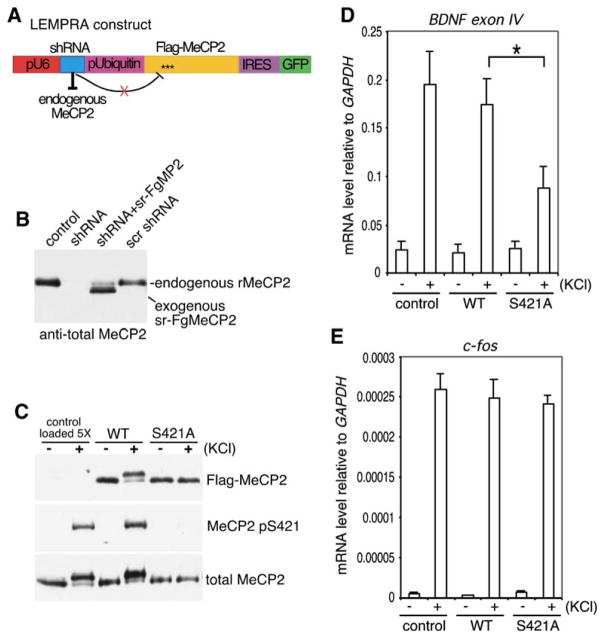Figure 5. Phosphorylation of MeCP2 at S421 Is Required for Activity-Induced Induction of Bdnf Transcription.
(A) The lentivirus-mediated protein-replacement assay (LEMPRA) construct contains two expression cassettes: (1) the pU6 pol III promoter directing the expression of an shRNA directed against endogenous MeCP2 and (2) the human Ubiquitin-C promoter driving the expression of a bicistronic cassette comprised of FLAG-tagged shRNA-resistant wild-type or S421A mutant MeCP2 followed by an internal ribosomal entry site (IRES) directing GFP expression. When packaged into and delivered by a lentivirus, the construct is effective in replacing MeCP2 in greater than 90% of neurons in a culture.
(B and C) LEMPRA can effectively reduce endogenous MeCP2 and express functional FLAG-tagged MeCP2 variants of choice. E18 rat hippocampal neurons were infected at 1 DIV with indicated lentiviruses. Extracts were prepared at 4 DIV (B) or 7 DIV (C) and incubated with antibodies specific to FLAG, MeCP2 pS421, or total MeCP2. shRNA, small hairpin RNA against MeCP2; sr-FgMP2, FLAG-tagged shRNA-resistant mouse MeCP2, e2 form; scr shRNA, scrambled shRNA; rMeCP2, endogenous rat MeCP2. Note that in (C), 5-fold more control lysates were loaded than wild-type or S421A-MeCP2 lysates for comparison of expression levels.
(D and E) E18 + 1 DIV hippocampal neurons were infected with control, wild-type, or S421A mutant MeCP2 LEMPRA lentiviruses. Total RNA was collected at 7 DIV from infected neurons that were either left untreated (−) or membrane depolarized with 55 mM KCl for 3 hr (+). Bdnf exon IV (D) and c-fos (E) mRNA levels were measured by quantitative RT-PCR and normalized to a Gapdh control (data are mean±SEM; *p < 0.01, Bonferroni-corrected multiple comparison after ANOVA). Note that the nomenclature for the exons of the Bdnf gene has changed due to the identification of additional Bdnf transcripts in rodent; Bdnf exon IV was previously known as Bdnf exon III, for example, in Chen et al. [2003]).

